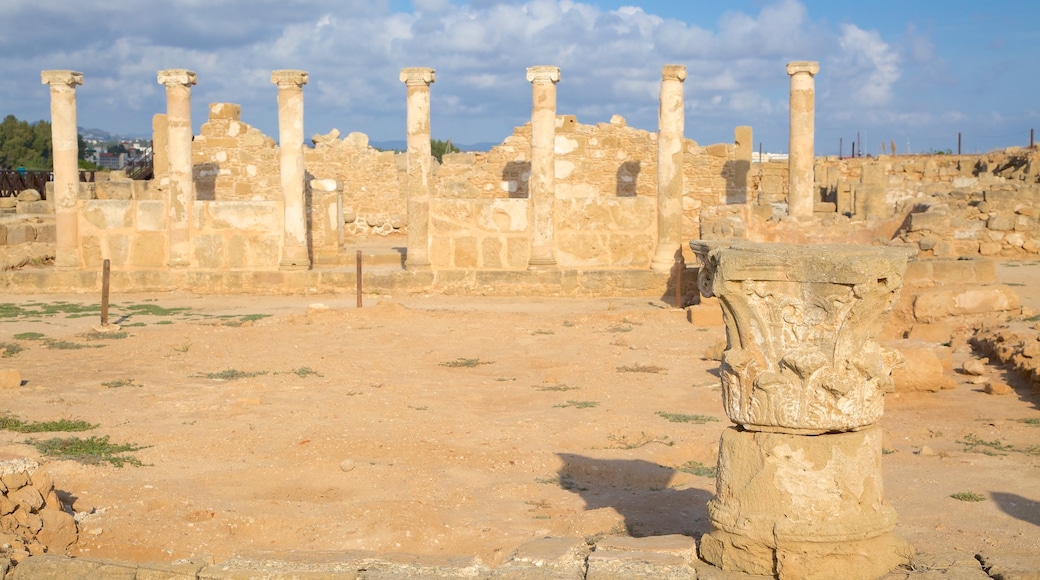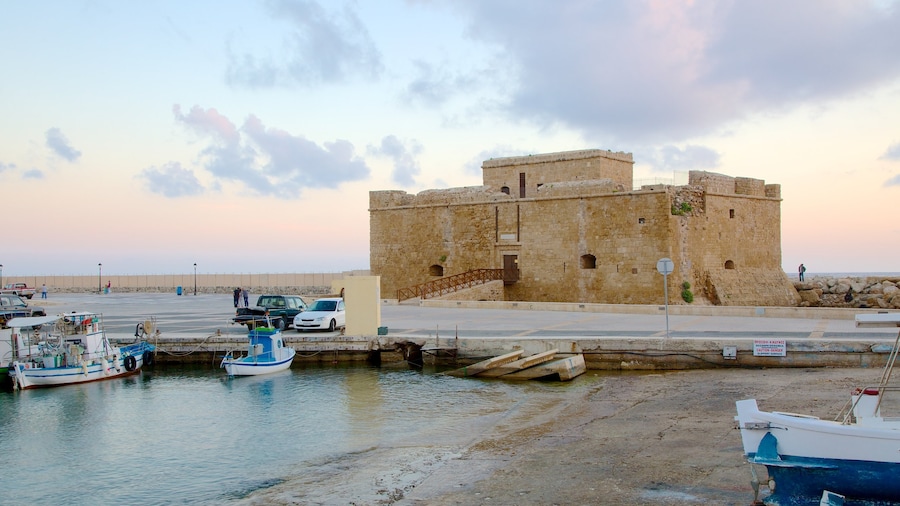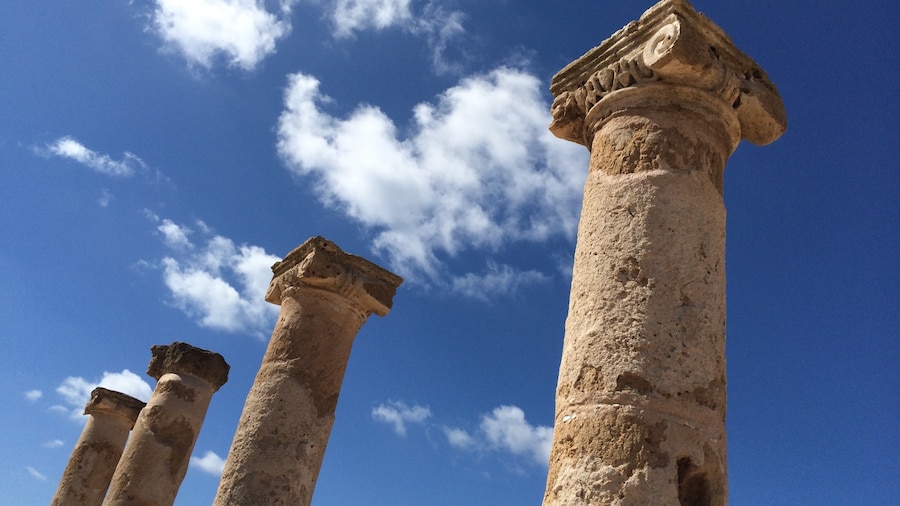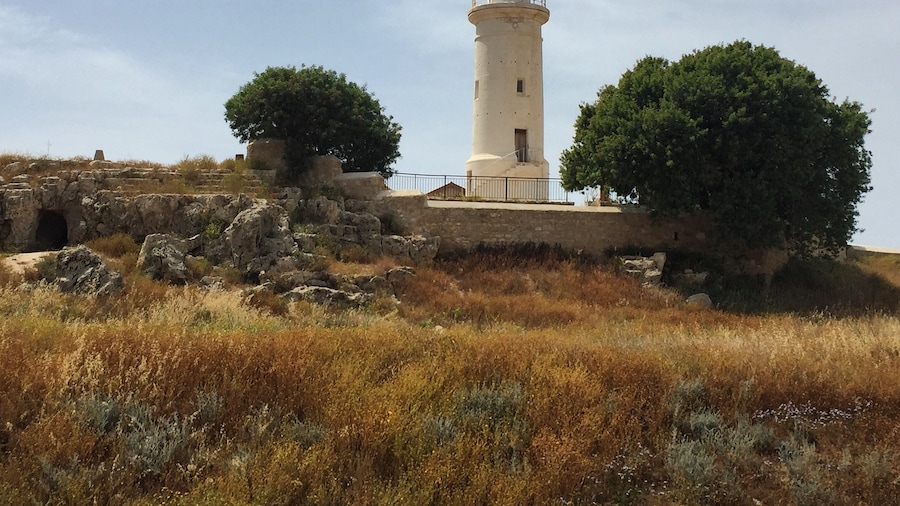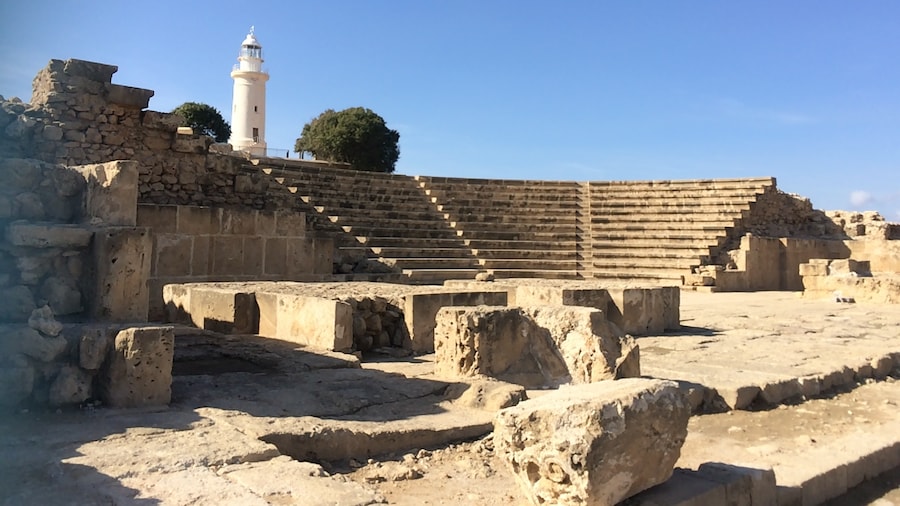Intricate Roman mosaics are the highlight among countless remnants from the various cultures that inhabited the area in the past few millennia.
Relive the various stages of civilization from prehistory to the Middle Ages in Paphos Archaeological Park. The majority of the excavated ruins belong to the Roman era, including the remarkable mosaic floors of former villas. The search for fascinating remnants from former worlds still continues today in the park, which is a UNESCO World Heritage Site due to its historical importance.
The park’s main delight is the range of floor mosaics in the ruins of four Roman villas. Marvel at the stunning works of art from the third to the fifth centuries. See the mosaic of the god of wine in the House of Dionysus. Inspect the impressive portrayal of a battle with the Minotaur in the House of Thyseus. Wooden decks allow you to stand directly over the artworks for a better look. The House of Aion and the House of Orpheus complete the collection of Roman villas with remarkably well-preserved mosaics.
As you walk through the park, enjoy the wide-open spaces and views of the mountainous landscape that help to create a serene and picturesque setting. Clamber to the top of the Turkish castle for a view of the archaeological park from above. You can see parts of the city as well as the sparkling blue sea from this vantage point.
Take a look at the Roman Odeon, which is built from limestone and dates back to the second century. It is still used for concerts and theatrical performances. Visit the large Basilica of Chrysopolitissa that was constructed a couple of centuries later. Gradually make your way around the vast park to explore all of its historic gems.
There is a small admission fee for the site, which opens daily from early morning until late afternoon. It stays open a little later in the summer months.
Paphos Archaeological Park is in the Nea Pafos (New Paphos) region in the southwest part of the city. Kings Avenue Mall, Lighthouse Beach and some resorts are nearby. Take a bus to a stop next to the park or drive and leave your car in the site’s parking lot.
